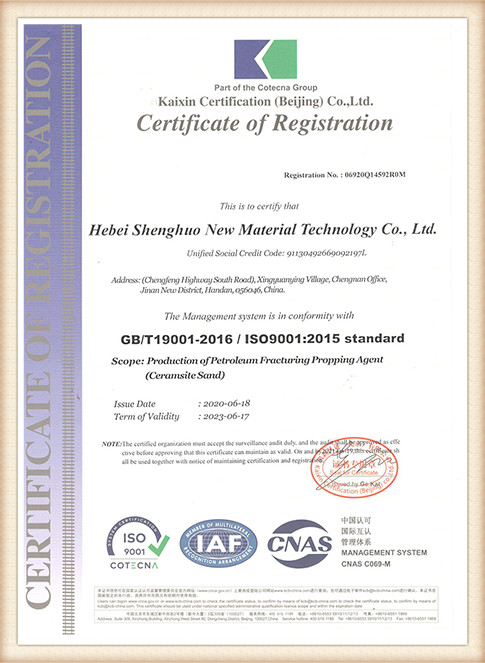 Resin bonded sand can effectively mold a wide range of metals, including aluminum, iron, steel, and even specialized alloys, expanding the scope of possible applications Resin bonded sand can effectively mold a wide range of metals, including aluminum, iron, steel, and even specialized alloys, expanding the scope of possible applications
Resin bonded sand can effectively mold a wide range of metals, including aluminum, iron, steel, and even specialized alloys, expanding the scope of possible applications Resin bonded sand can effectively mold a wide range of metals, including aluminum, iron, steel, and even specialized alloys, expanding the scope of possible applications resin bonded sand casting. Moreover, the rapid curing time of resins accelerates production cycles, enhancing efficiency and throughput compared to conventional sand casting methods.
Environmental sustainability is another factor driving the adoption of resin bonded sand casting. While traditional sand casting often utilizes clay and water, which can lead to wastewater issues, modern resin systems are increasingly designed to be more eco-friendly. Certain resins allow for easier sand recovery and reuse, reducing waste and environmental impact.
**Challenges and Innovations**
Despite its many benefits, resin bonded sand casting also presents challenges. Cost can be a deterrent, especially for small-scale productions, due to the higher expense of resin compared to green sand materials. Additionally, careful control of the mixing and curing processes is crucial to ensure consistent quality, necessitating skilled labor and precise equipment.
However, ongoing research and development are addressing these challenges. Innovations like cold box and hot box technologies have streamlined the resin curing process, improving efficiency while reducing energy consumption. Furthermore, advancements in biodegradable and recyclable resin formulations aim to make the process even more sustainable without compromising on performance.
**Conclusion**
Resin bonded sand casting represents a significant leap forward in the evolution of metal casting techniques. Its ability to deliver intricate, precise parts with reduced need for secondary operations, combined with enhanced productivity and a push towards environmental sustainability, underscores its importance across numerous industrial sectors. As technology continues to refine this process, resin bonded sand casting will undoubtedly maintain its position as a cornerstone of modern manufacturing, enabling the creation of innovative products that drive progress and meet the ever-evolving demands of industry.
Post time:Jun . 25, 2024 01:51
resin bonded sand casting. Moreover, the rapid curing time of resins accelerates production cycles, enhancing efficiency and throughput compared to conventional sand casting methods.
Environmental sustainability is another factor driving the adoption of resin bonded sand casting. While traditional sand casting often utilizes clay and water, which can lead to wastewater issues, modern resin systems are increasingly designed to be more eco-friendly. Certain resins allow for easier sand recovery and reuse, reducing waste and environmental impact.
**Challenges and Innovations**
Despite its many benefits, resin bonded sand casting also presents challenges. Cost can be a deterrent, especially for small-scale productions, due to the higher expense of resin compared to green sand materials. Additionally, careful control of the mixing and curing processes is crucial to ensure consistent quality, necessitating skilled labor and precise equipment.
However, ongoing research and development are addressing these challenges. Innovations like cold box and hot box technologies have streamlined the resin curing process, improving efficiency while reducing energy consumption. Furthermore, advancements in biodegradable and recyclable resin formulations aim to make the process even more sustainable without compromising on performance.
**Conclusion**
Resin bonded sand casting represents a significant leap forward in the evolution of metal casting techniques. Its ability to deliver intricate, precise parts with reduced need for secondary operations, combined with enhanced productivity and a push towards environmental sustainability, underscores its importance across numerous industrial sectors. As technology continues to refine this process, resin bonded sand casting will undoubtedly maintain its position as a cornerstone of modern manufacturing, enabling the creation of innovative products that drive progress and meet the ever-evolving demands of industry.
Post time:Jun . 25, 2024 01:51
Next:3D Printed Sanding Machine Revolutionizing Precision Finishing
